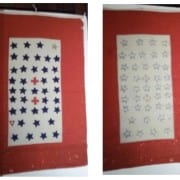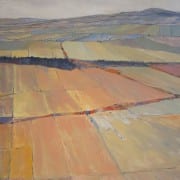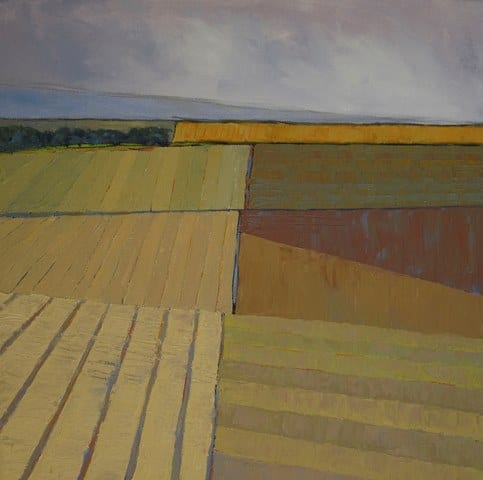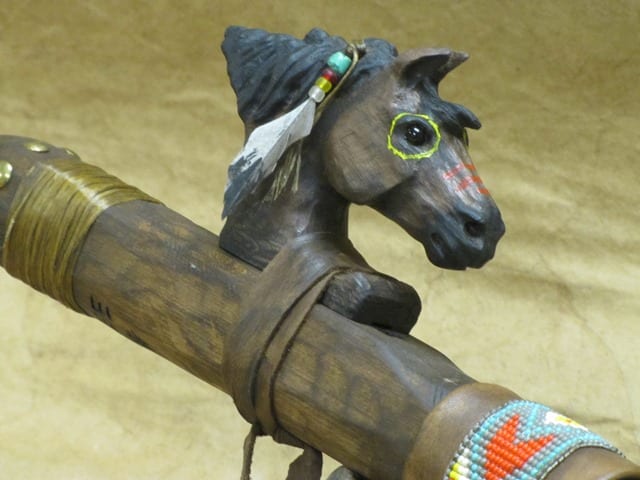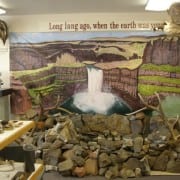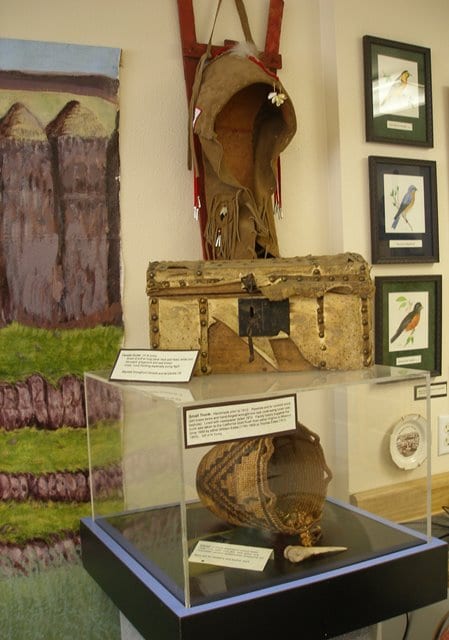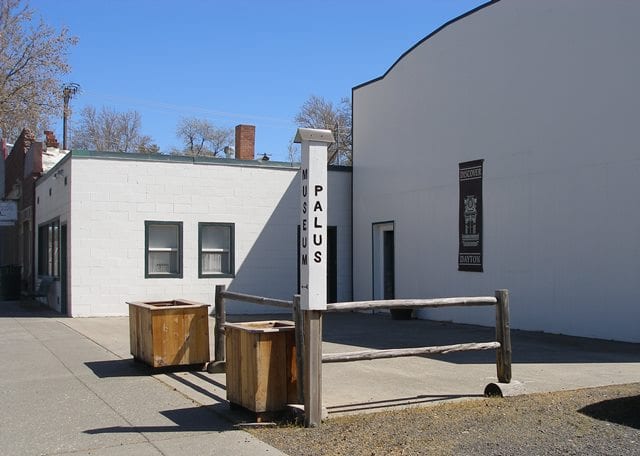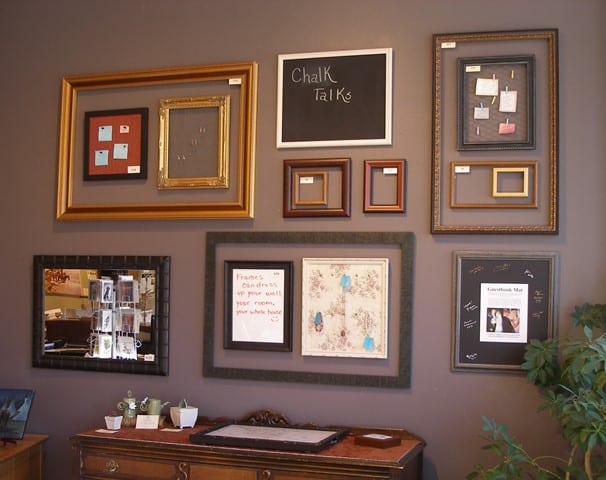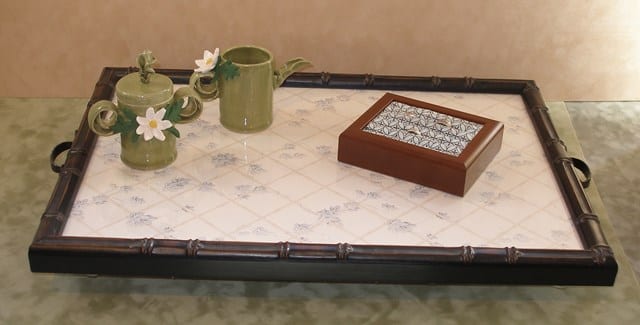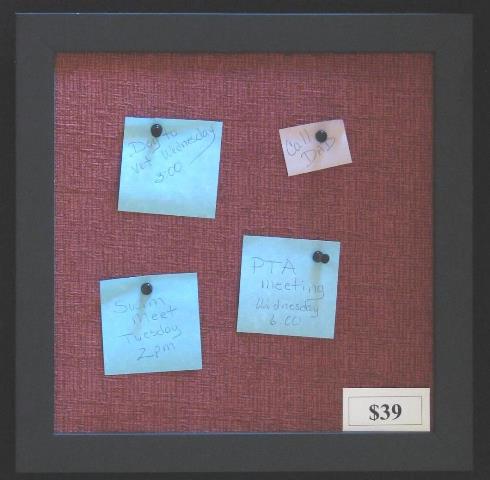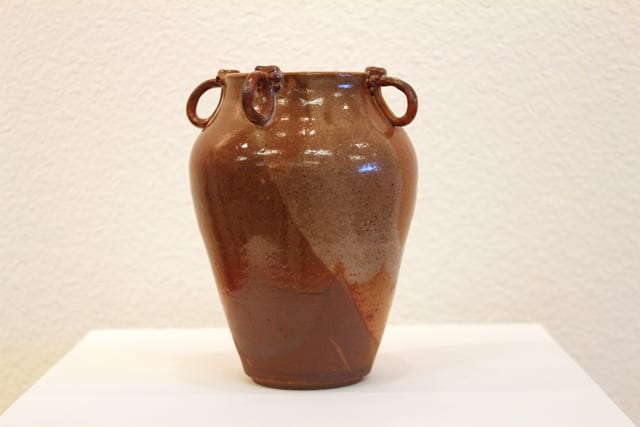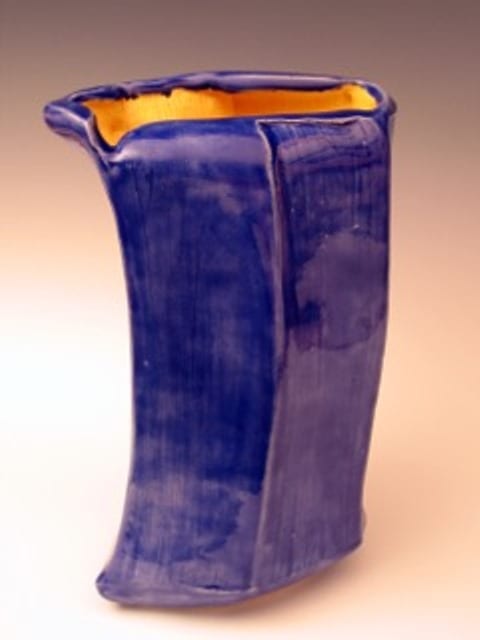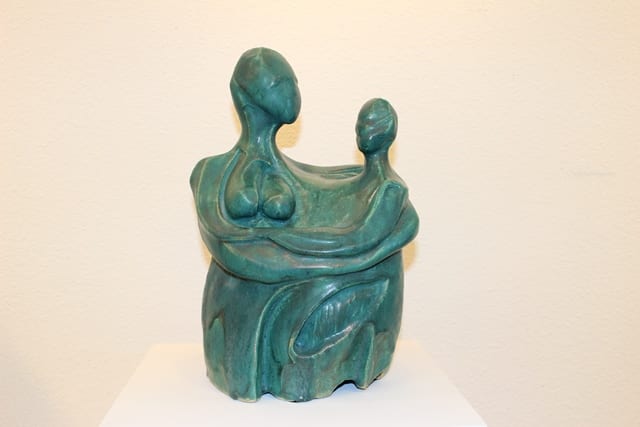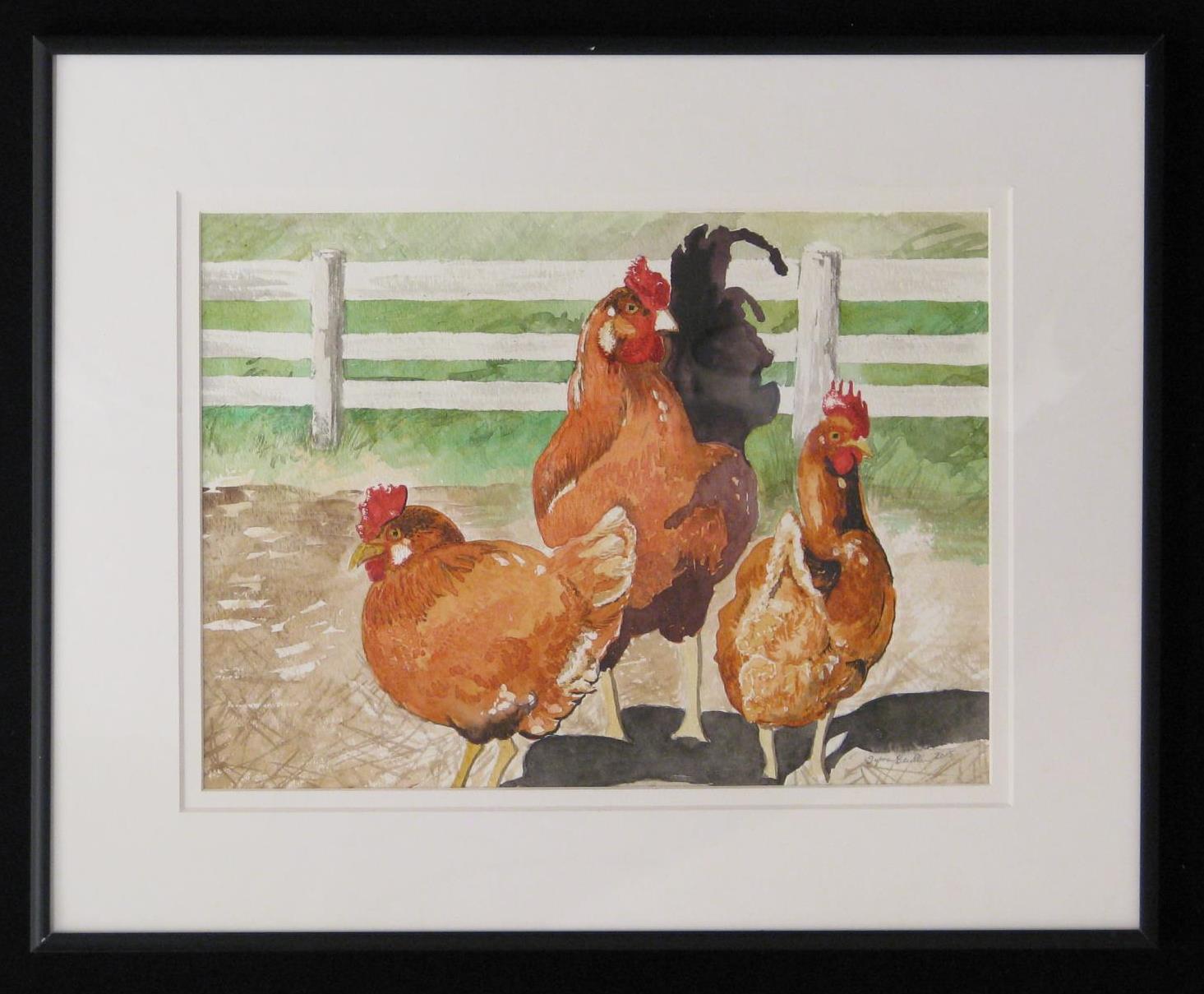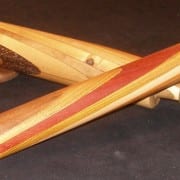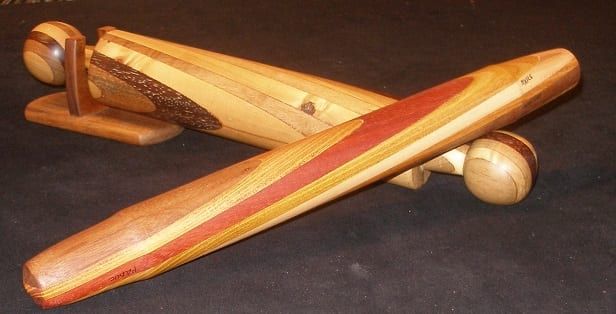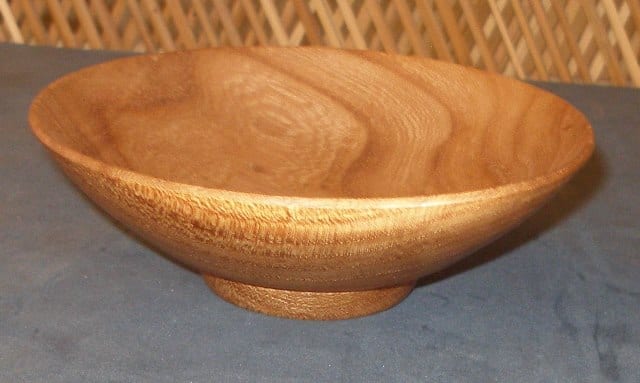The Things You Find on Church Clean-up Day — A World War I Service Banner
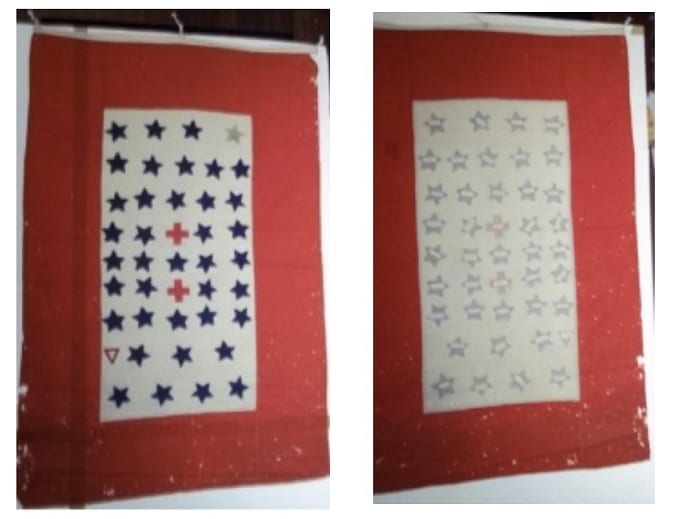
The Service Banner from World War I found at the Dayton First Congregational Church. On the left is the banner’s front, featuring the colored stars and symbols; the back, on the right, are hand-sewn name tags corresponding to the symbols on the front
Anyone who has ever participated in church clean-up day knows that the most exciting aspect of the event generally wraps around lunch. But for a group of Congregationalists in Dayton, WA, a find in the attic definitely outshone anything on the dessert table.
It was 2002, and Roslyn Edwards, wife of then-pastor Steve Edwards, was with a group in the attic, tidying up.

During the measuring process, the Service Banner was gently laid flat across a surface, but the rest of the time, it needed to be hung.
“I don’t know why, but Roslyn for some reason decided to go crawling into the rafters,” Dallas Dickinson, a member of the church and the crew, remembers. “And then she says, here’s a rag. She pulled it out, and it was a banner on a stick.
“We unrolled it. I looked on the back of it and then I said, ‘That’s my great uncle’s name on the back, Charlie Johnson.'”
Other names — on 42 hand-sewn tags — looked familiar to Dickinson. Broughton, Lyman, Boldman, Dumas — she read them out, and within short order the group realized that, whatever they’d found, it definitely wasn’t a rag.
“When I saw the name, Frank Bauers, that was a clue that what we had dated to World War I,” Dickinson says, explaining that Bauers, who died overseas of wounds in 1918, is the military member after which the local American Legion post is named.

The framed service banner, the whole package, was carefully rolled down through Main Street during Dayton, WA”s All Wheels Weekend
What the group had found was a service flag, a banner (in this case, hand-crafted) that honors family or community members who serve in the armed forces during any period of war or hostilities in which the U.S. is engaged. Such banners consist of a white field with a red border, a blue star representing each service member, and a gold star placed for one who died during service. The banner found at the Congregational church includes one gold star, for Bauers, 38 blue stars, two red crosses (for nurses) and a red triangle (spiritual or recreational service).
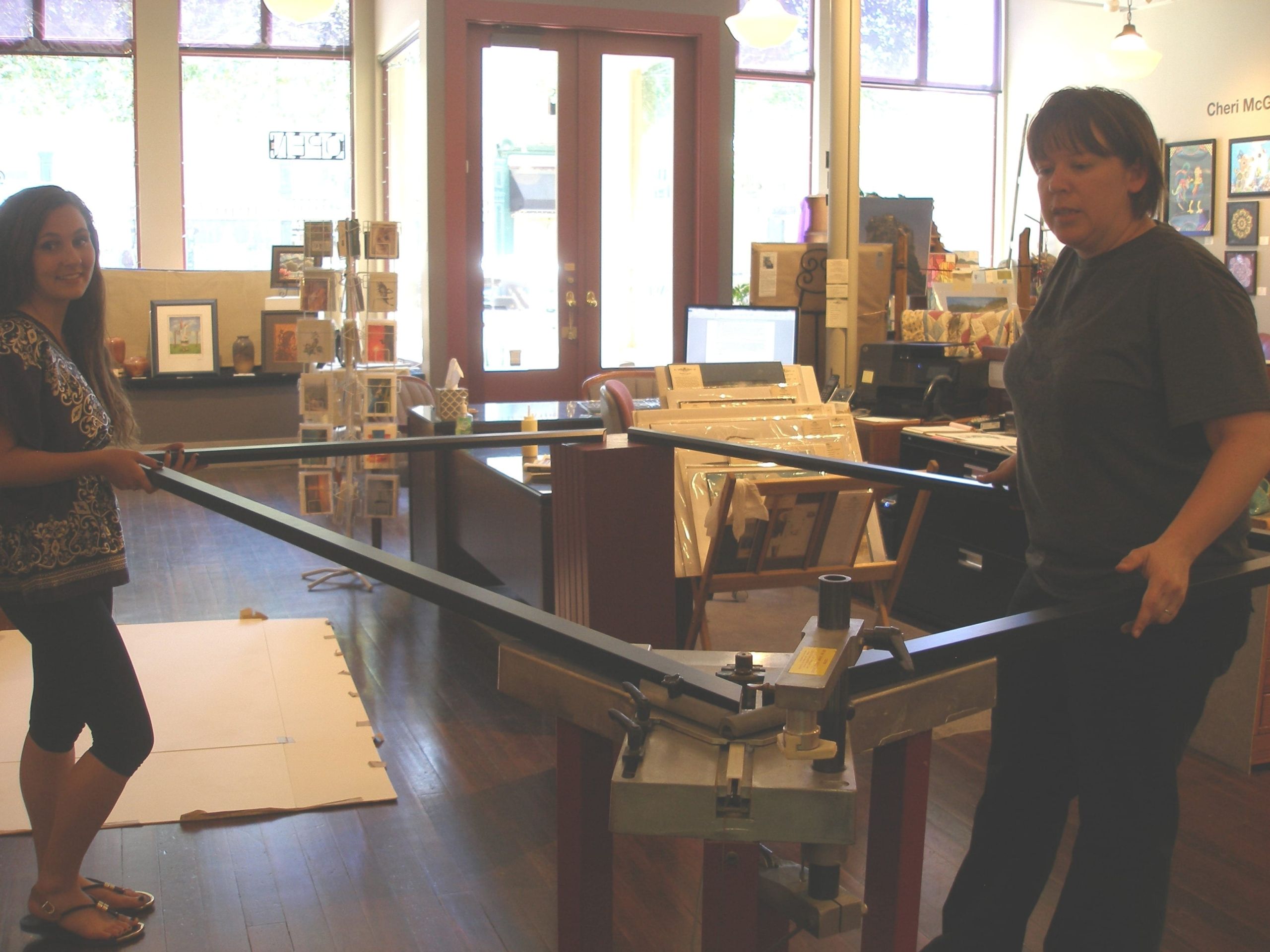
While the service banner weighs practically nothing, two frames, with Optium Museum Acrylic, result in 58 pounds of hanging weight.
“I recognized 20 or so of the 42 names on the back,” Dickinson says, “and I knew the descendants of them, mainly because my family has been here since the 1880s, 1890s. Although I have to admit when I saw the name John Rockhill, I was surprised. I always thought (local Dayton landmark) Rockhill was called that because it was a big rock, but it must have been named after John and his family.”
It was a find indeed, but a perplexing one, because while the group knew they couldn’t put the treasure back where they found it, they weren’t quite sure where to take it next.
“We carefully rolled it back up and consulted with people at the (historical) Depot,” Dickinson remembers. “We ended up keeping it there with their precious things, folded it properly, and put it in a box with acid free paper. But I always had the idea of preserving it in such a way that we could get it out there, to the community, so that it could be seen.”
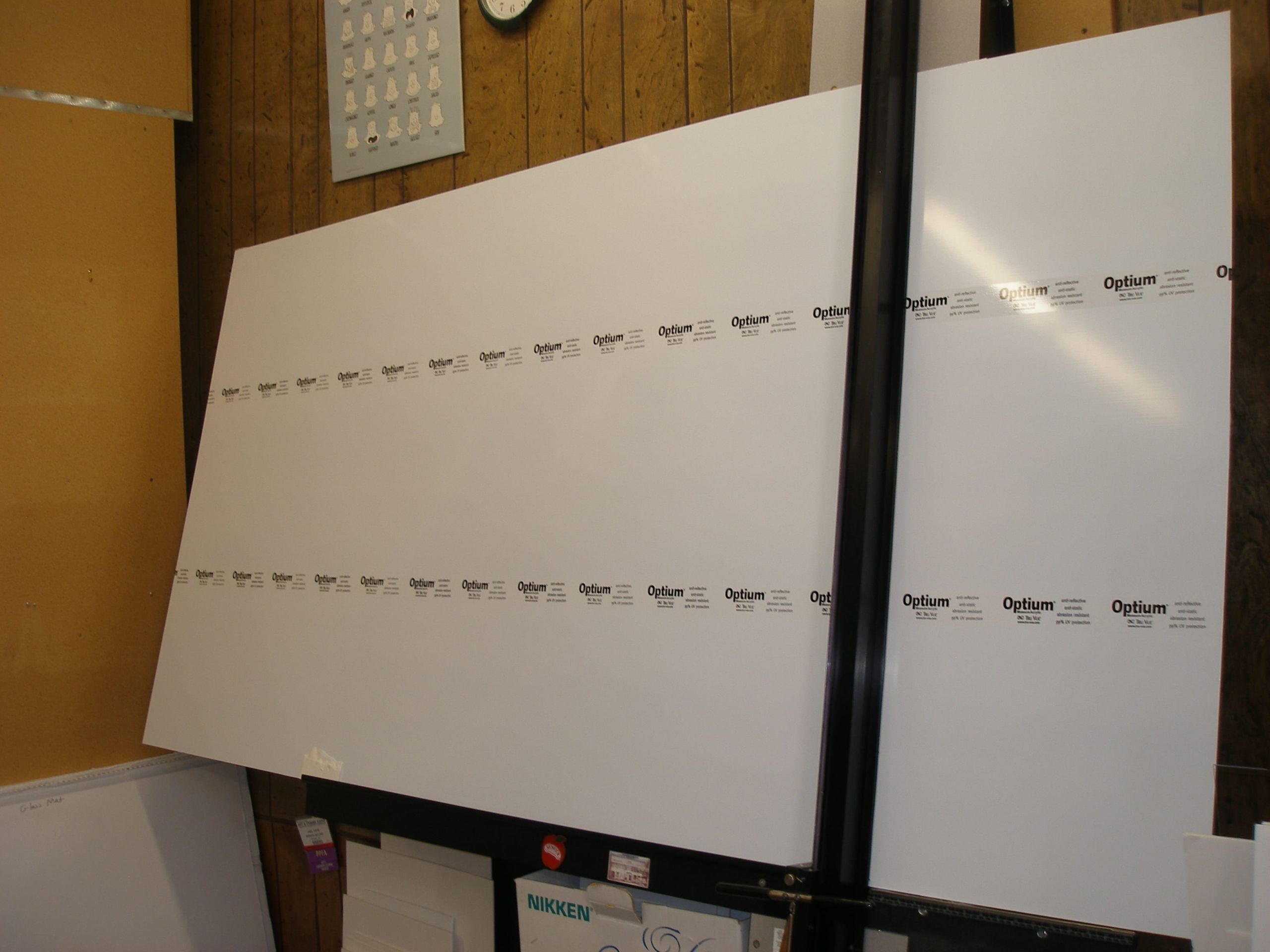
Considering that the Service Banner is 46 inches wide by 69 inches high, it is not small piece of conservation acrylic that needs to be measured and cut to fit — twice — one for each side.
Dickinson’s idea approached reality this year, as she consulted with Lael Loyd, principal framer at Wenaha Gallery, regarding how feasible — and how much — it would be to frame the flag for both posterity and display. At 46 inches wide by 69 inches high, the banner — which needs to be seen on both sides — is no simple framing job.
Loyd consulted conservationists, designers, contractors, and other framing experts to come up with a plan, while Dickinson wrote letters to as many descendants of the names on the banner that she could find, requesting funds.
“People were really generous,” Dickinson says, “and I was able to raise two thirds of what we needed. The balance came from the Dayton Columbia County Fund, a local organization that supports projects like this.”
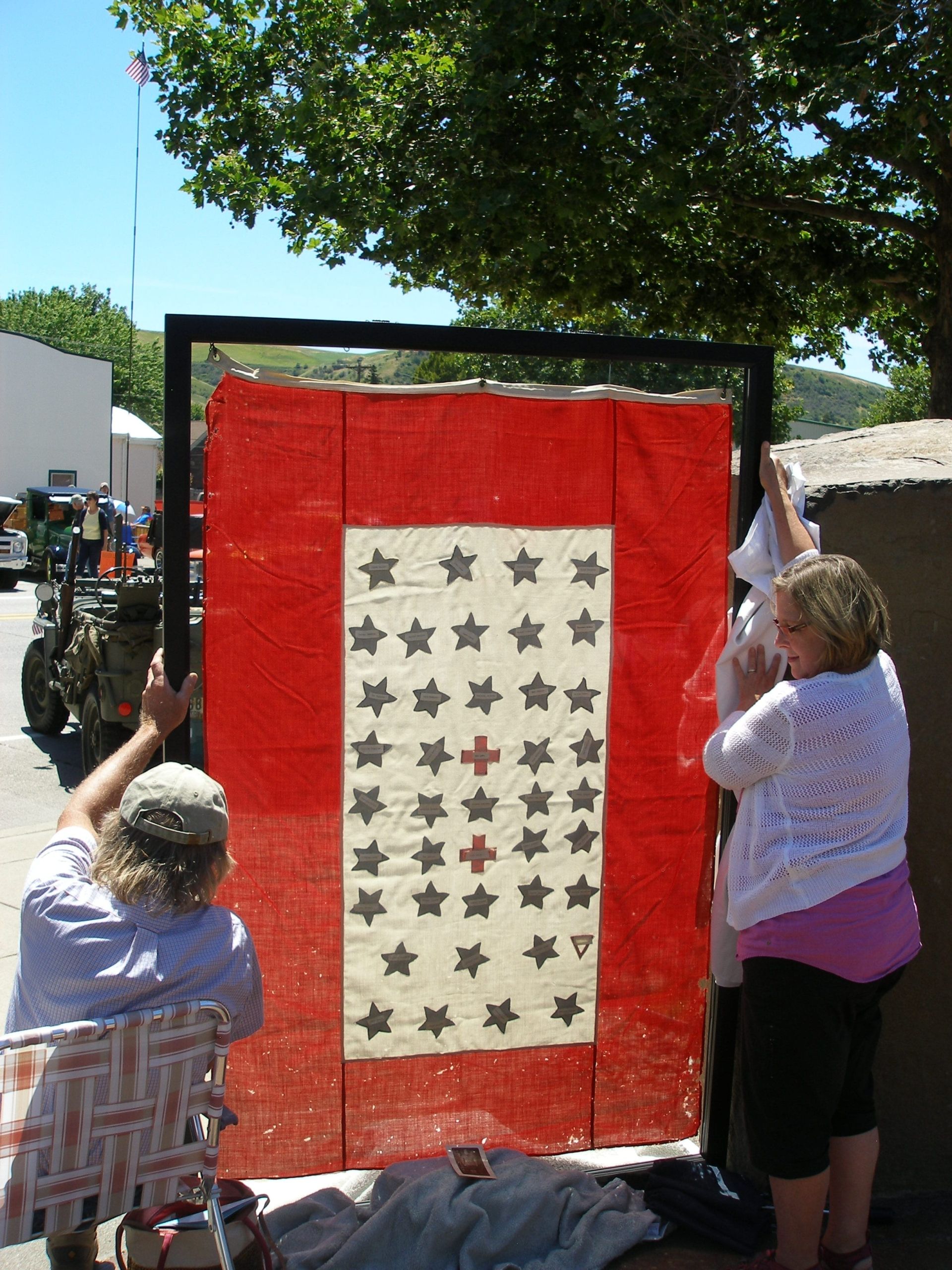
During the two hours that the service banner was on outdoor display, during Dayton’s All Wheels weekend, two volunteers supported it from both sides. Once the stand has been completed by a local artisan, this will no longer be necessary!
Loyd, meanwhile, was trying to figure out a way to hang the flag between two — very large — pieces of Optium Museum Acrylic, which she describes as top in the industry for protection and conservation. But she didn’t want the fabric pressed between the acrylic; she wanted it hanging, as naturally as possible, at the same time ensuring that the textile was sealed and framed for protection.
Added to the challenge is that the banner, while she worked on it, was rarely laid flat, but hung, requiring the (white gloved) hands of two or three assistants. “Everything was pieced together as the banner was standing upright,” Loyd says. “We didn’t want it laying flat with the weight of the acrylic on one side or the other.
“It’s all about preserving for generations to come.”
That it is, and the finished project is slated for a semi-permanent home at American Legion Post 42 museum on Clay Street in Dayton, with Dickinson envisioning it being loaned out to interested parties upon request.
“We want this banner, this piece of history, to be out where the public and community can see it,” Dickinson says.
“By far, it’s the best thing we’ve ever found up in the church attic.”
 The Service Banner of the Dayton First Congregational Church will be on display at Wenaha Gallery from Monday, June 22 through Saturday, July 11.
The Service Banner of the Dayton First Congregational Church will be on display at Wenaha Gallery from Monday, June 22 through Saturday, July 11.
Contact the gallery by phone at 800.755.2124 or e-mail art@wenaha.com. Gallery hours are 9 a.m. to 6 p.m. from Monday through Saturday, and by appointment. Visit the Wenaha Gallery website online at www.wenaha.com.
Wenaha Gallery is your destination location for Greenwich Workshop Fine Art Prints, professional customized framing, and original fine art paintings and sculpture by notable Pacific Northwest artists. Books, gifts, note cards, jigsaw puzzles, and more are also available. Visit at 219 East Main, Dayton, WA.
This article was written by Carolyn Henderson.

